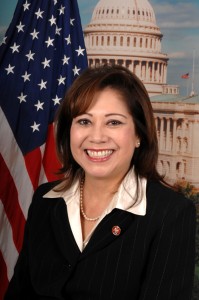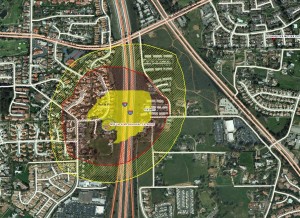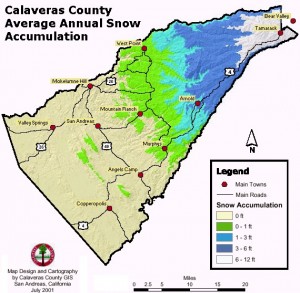
Unemployment Rate Rose to 9.8% in November
The
unemployment rate edged up to 9.8% in November, and
nonfarm payroll employment was little changed (+39,000), the
US Bureau of Labor Statistics reported recently. Temporary help services and health care continued to add jobs over the month, while employment fell in retail trade. Employment in most major industries changed little in November.
Household Survey Data
The number of unemployed persons was 15.1 million in November. The unemployment rate edged up to 9.8%; it was 9.6% in each of the prior 3 months.
Among the major worker groups, the unemployment rates for adult men (10.0%), adult women (8.4%), whites (8.9%), and Hispanics (13.2%) edged up in November. The jobless rate for blacks (16.0%) showed little change over the month, while the rate for teenagers declined to 24.6%. The jobless rate for Asians was 7.6%, not seasonally adjusted.
Among the unemployed, the number of job losers and persons who completed temporary jobs rose by 390,000 to 9.5 million in November. The number of long-term unemployed (those jobless for 27 weeks and over) was little changed at 6.3 million and accounted for 41.9% of the unemployed.
The civilian labor force participation rate held at 64.5% in November, and the employment population ratio was essentially unchanged at 58.2%.
The number of persons employed part time for economic reasons (sometimes referred to as involuntary part-time workers) was little changed over the month at 9.0 million. These individuals were working part time because their hours had been cut back or because they were unable to find a full-time job.
About 2.5 million persons were marginally attached to the labor force in November, up from 2.3 million a year earlier. (The data are not seasonally adjusted.) These individuals were not in the labor force, wanted and were available for work, and had looked for a job sometime in the prior 12 months. They were not counted as unemployed because they had not searched for work in the 4 weeks preceding the survey.
Among the marginally attached, there were 1.3 million discouraged workers in November, an increase of 421,000 from a year earlier. (The data are not seasonally adjusted.) Discouraged workers are persons not currently looking for work because they believe no jobs are available for them. The remaining 1.2 million persons marginally attached to the labor force had not searched for work in the 4 weeks preceding the survey for reasons such as school attendance or family responsibilities.












Vision Payroll